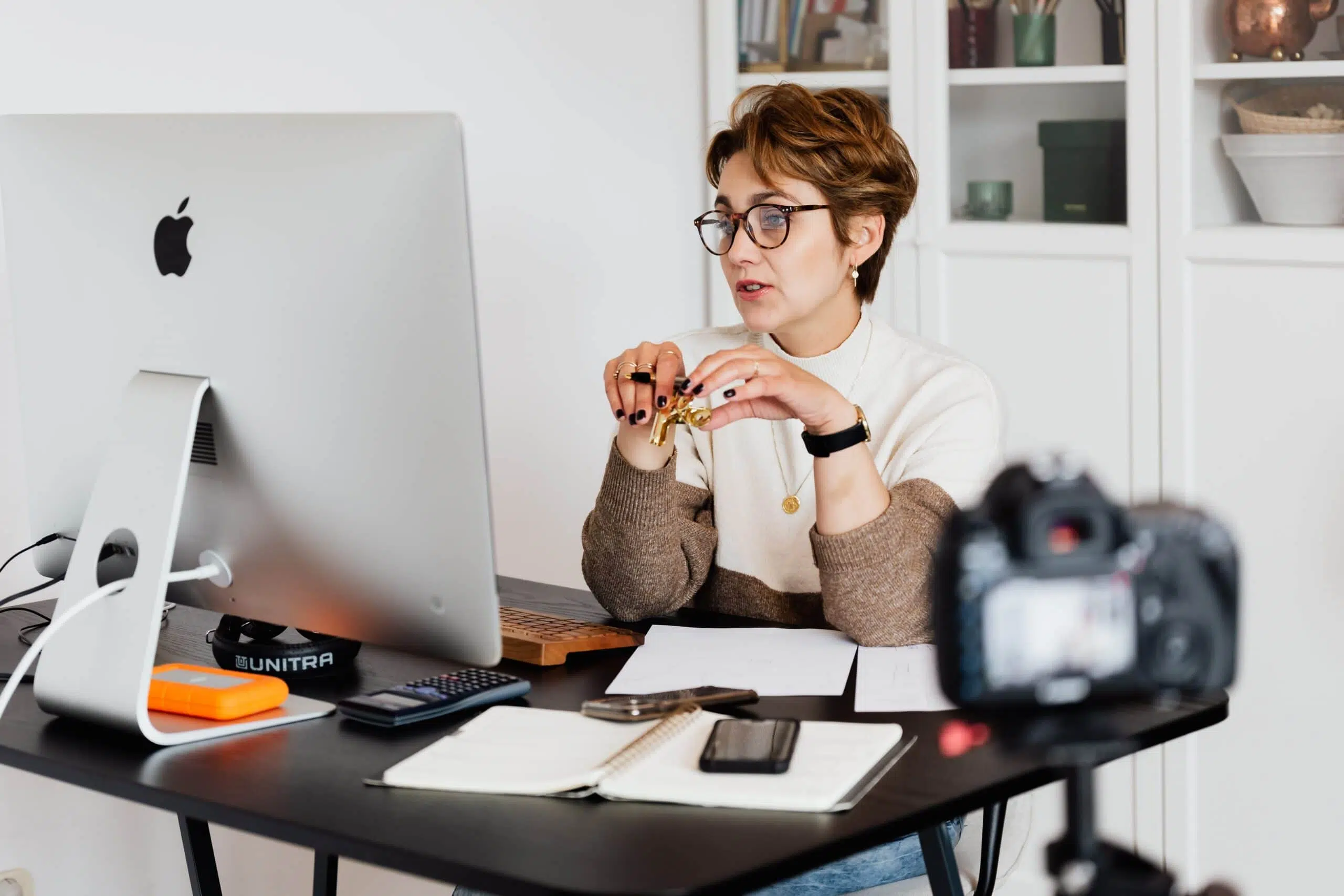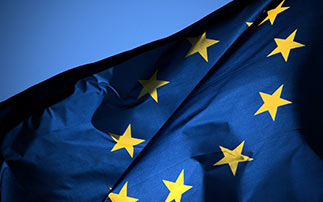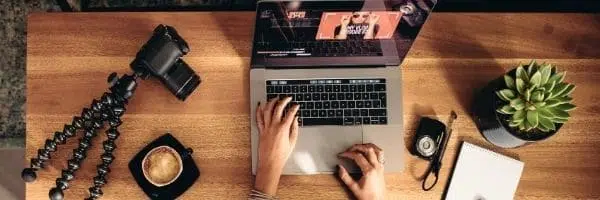You want to build a grant application but don’t know how to do it? Here are 10 tips for a successful European grant application.
1. Plan in advance
Applying for a European grant takes time, whether it’s defining the project, finding potential partners, monitoring available funding, agreeing on the budget or writing the dossier. Do not wait until the last moment or the file may be refused.
Similarly, the filing of your application must be earlier than the filing deadline. Indeed, problems can arise on the platform, for many reasons such as saturation of the site, computer bugs or updates.
2. Create a good definition of the project
The definition of the project is an important step in order to convince partners to join you but also, ultimately, to obtain the grant. This is when the objectives of the project, the actions that could be carried out or the target audiences are decided.
When the partnership is set up, the definition of the project may change. It is necessary to ensure that all partners agree on the objectives and actions.
A good definition of the project also makes it possible to facilitate the search for grants by identifying more quickly the aid and funding interesting for the project.
3. List funding opportunities for future projects
Monitoring of funding and calls for projects is essential to identify what would best suit the project. A monitoring can be carried out with the various regional, national and European bodies responsible for European funds according to their competences. It should also be noted that different European funds are not cumulative.
Be careful, however, to avoid the deadweight effect: the project must not be created according to the call for projects even if it must meet its criteria.
4. Learn about eligibility criteria
Once the call for projects has been issued, it is necessary to read it thoroughly in order to be familiar with all the eligibility criteria, whether they concern eligible beneficiaries (communities, SMEs, associations, research centres, etc.) or eligible actions or expenses. The call for projects also provides information on the co-financing rate and the amount of grant available. All this information is decisive in the choice of subsidy.
It is also recommended to contact the managing authority by e-mail or telephone. It will allow you to discuss your project with the organization responsible for reviewing the files.
5. Having an accurate and balanced budget
The budget must be balanced to ensure the viability of the project, which is an important condition for any grant file. It is necessary to be transparent and precise in the forecast budget on the various items of expenditure: the project expenses should not be underestimated or overestimated. The budget must be consistent with the project and activities.
The financing plan must also indicate the different contributions that the project receives, whether through other funders or through the contributions of partners.
6. Anticipate correctly
Applying for European funding requires good organisation. This involves anticipating both the documents that could be requested during appraisal but also the supporting documents requested during project implementation. These include project invoices, pay stubs from people working on the project, or deliverables.
7. Engage potential project partners
Depending on the project, partnerships are either impossible, possible or mandatory.
In the case that a partnership is established, it must be well built, composed of strategic partners depending on the project that will notably create synergies in the territory. Thus, it can be composed of public and private partners. A partnership representing the different parts of society (universities, companies, local authorities, civil society) will be particularly valued for intra-Community European projects.
When setting up the partnership, a coordinator, who is the contact person of the managing authority in charge of the envelope, will be appointed. Coordination and rigorous work organization is paramount.
8. Anchor your project in a territorial, national and European framework
A good grant application file starts with a context with a look back at the state of the art and European projects that have already been funded under the same theme.
In addition, the project must be anchored in a broader context and demonstrate how it responds to territorial, national and European issues and strategies such as the European Green Deal or the Digital Compass.
9. Build a clear and detailed project grant file
Writing the grant file is not a step to be missed. It must be well written, spelled-free and well organized so that your project is well understood by the funding agency. It is also necessary to highlight both the quantitative elements (the quantified objectives) and the qualitative elements of the application.
The application files are often in the form of templates that must be respected. It is absolutely mandatory to follow the instructions in terms of formatting (number of pages, font size, margins etc.).
Finally, do not hesitate to make it read to someone external to the project who will be able to highlight what needs to be changed or what, on the contrary, is well explained.
10. Remain available throughout the file investigation period
Once the application has been submitted, the managing authority may contact you to ask you questions about the project, to ask for clarifications or to clarify certain passages.
In addition, your failure to respond may result in the project being rejected.
Welcomeurope ©
Inès Barrières – Vanessa Gehin




